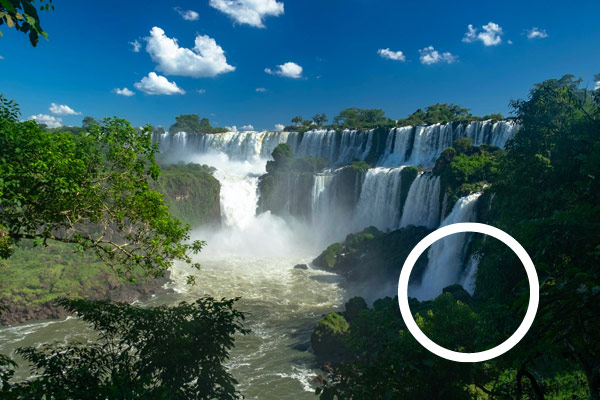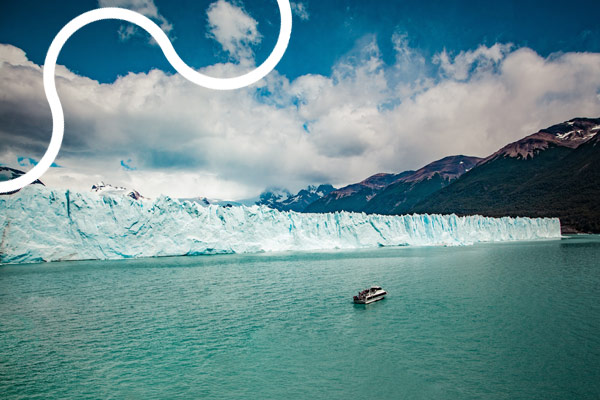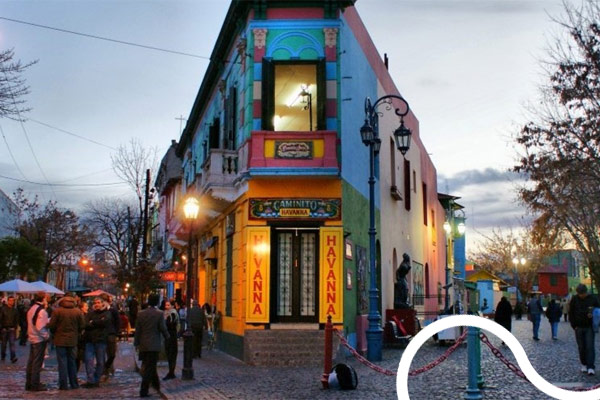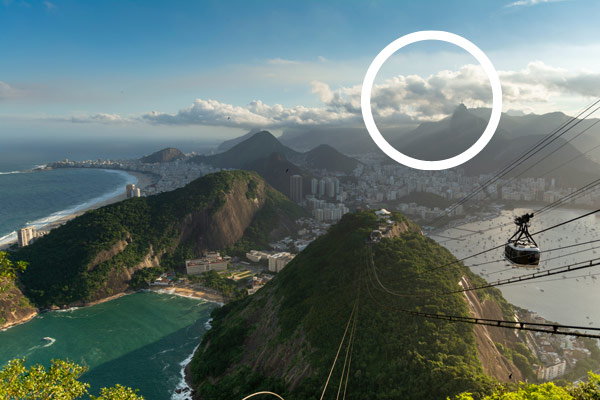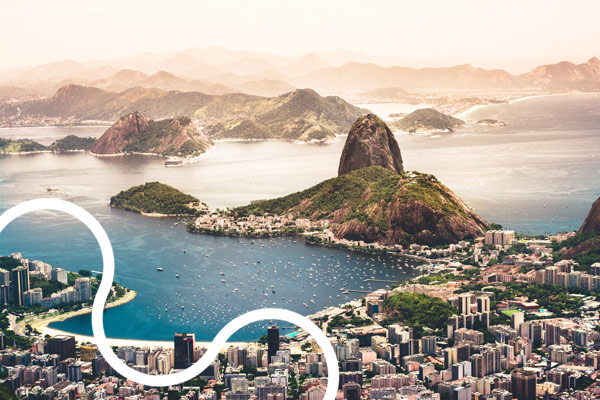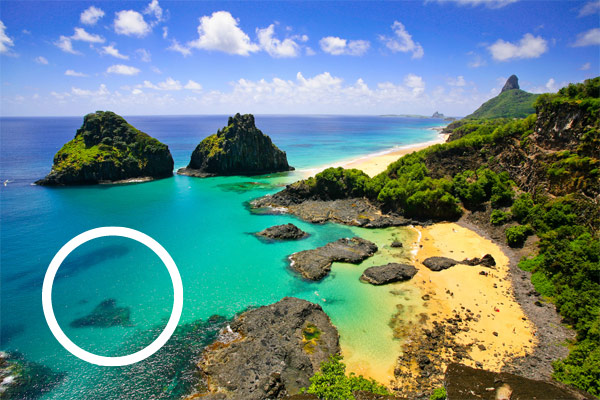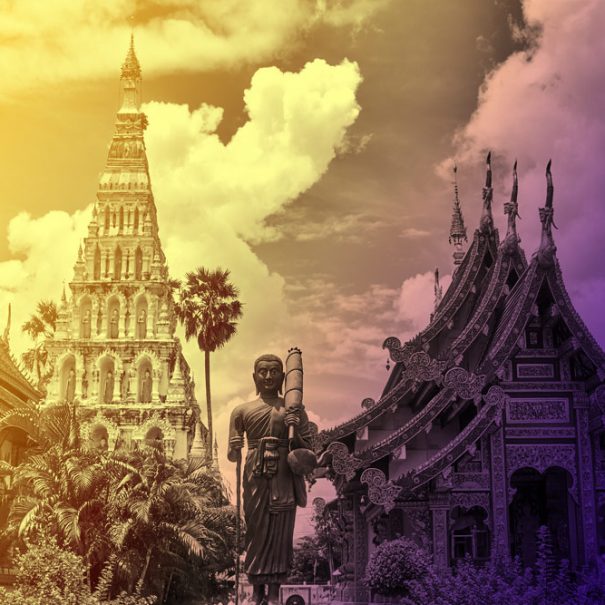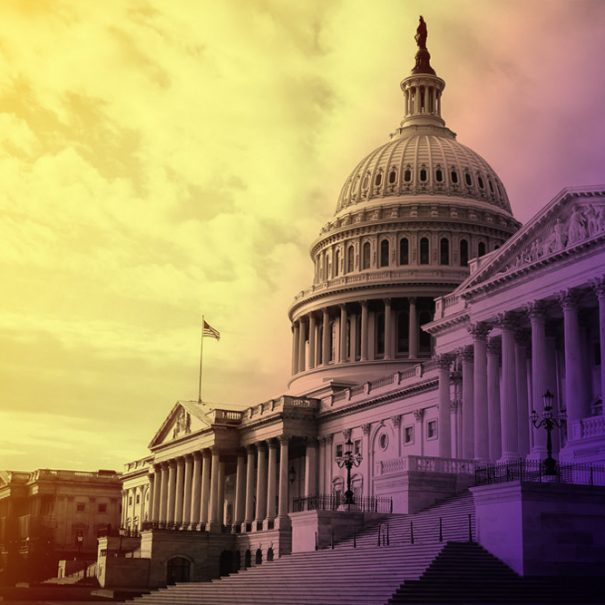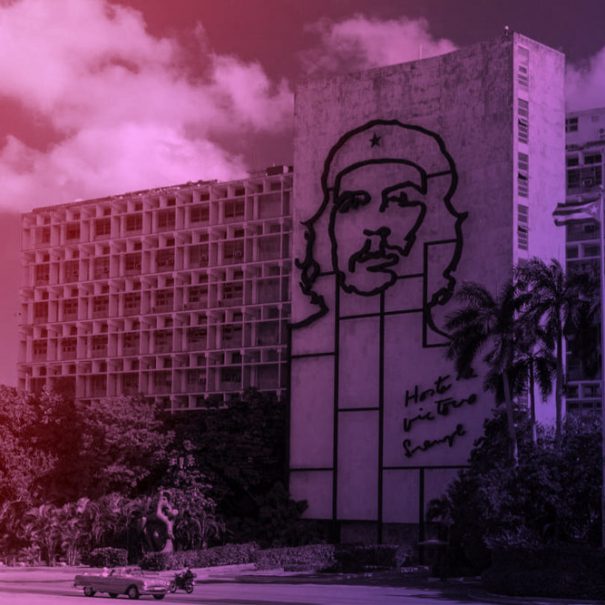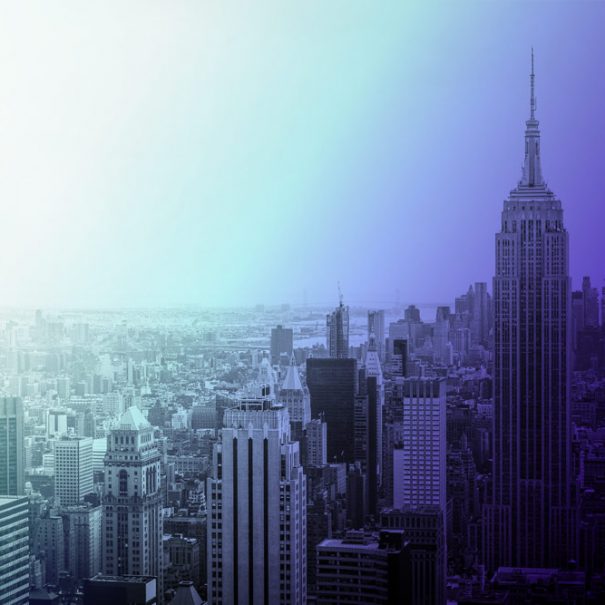Day 1 / Origin - Iguazu
Departure by international night flight. After settling in at the hotel, half-day visit to the Brazilian waterfalls sector.
You will cross the Tancredo Neves International Bridge, which links Argentina and Brazil, to visit the Brazilian area of the park.
Tancredo Neves International Bridge, which links Argentina and Brazil, to visit the Brazilian area of the park. Because the vast majority of the falls are on the Argentine sector of the Iguazu River, the Brazilian area offers spectacular views for almost 3 km. From this point we will be able to admire the Iguazu River Canyon, the Rivadavia Falls and the Three Musketeers, among others. At the end of the trail we will reach the lower balcony overlooking the Devil’s Throat, at a distance of approximately 200 metres. The hike will culminate at the Salto Floriano, from where we will
we will return.
Day 2 / Iguazu
Visit to the Argentinas Falls area. The Iguazú National Park occupies an area of 67,000 hectares that were declared a Natural World Heritage Site by UNESCO in 1984. It has a total of 275 waterfalls with an average height of 70 metres. This tour visits the Argentinean area of the national park by boarding the Eco Train that runs through the jungle in 18 minutes to the Garganta del Diablo Station. From there, you will hike along a 1,100-metre trail to the famous Garganta del Diablo (Devil’s Throat). The tour also visits the upper and lower circuits, which are elevated walkways over the surface of the land so as not to hinder or scare away the wildlife that inhabits the jungle. From these circuits we will be able to observe several waterfalls from a very close distance, such as the Dos Hermanas, Bosetti, San Martín and Peñón de la Bella Vista waterfalls, among others.
Day 3 / Iguazu - Salta
At the agreed time according to your flight, transfer to Puerto Iguazu Airport. Upon arrival in Salta you will be transferred to the hotel and have the rest of the time at leisure.
Day 4 / Excursion to Cafayate
Full day excursion to Cafayate. The tour starts in the Lerma Valley crossing tobacco fields and villages of colonial architecture such as Alemania, which used to be the end point of the Belgrano railway. We enter the Quebrada del Rio Las Conchas where the curious formations eroded by wind and water will be the main attraction: the dunes, the toad, the bishop, the devil’s throat, the castles, the amphitheatre, among others. Then we continue along the National Route 68 arriving at Cafayate, the youngest city of the Calchaquí Valleys, internationally renowned for its wines, in particular the Torrontés, which can be tasted in the visits to its wineries, whether they are artisanal or industrial. We return to Salta by the same route, but with a completely different sunlight whose illumination will change the landscape in the ravine completely.
Day 5 / Excursion to Quebrada de Humahuaca
Full day excursion to Quebrada de Humahuaca. A trip through the Quebrada declared a World Heritage Site, where the landscape and the colours of the hills combine with the equally colourful cultures that inhabit this area. It is a journey of social contact and a glimpse of the ancestral. It begins with the arrival at the small town of Purmamarca to observe the Cerro de los Siete Colores (Hill of the Seven Colours). Pass by the Posta de Hornillos, continuing to the town of Tilcara. Continue to Huacalera, a pass of the Tropic of Capricorn, from where you can see the colours of the hill called the Pollera de la Colla. Visit to the church of Uquía, where the paintings of the Arcabuceros Angels (an important vestige of the Cuzco school in the area) can be seen. Arrival in Humahuaca with its important Cathedral and the Independence Monument (El Indio) by the sculptor Soto Avendaño. Return after lunch to observe from the road the Paleta del Pintor that frames the village of Maimara. We continue to San Salvador de Jujuy where we will visit the Salón de la Bandera and the Cathedral Church, with its characteristic pulpit carved in wood and laminated in gold and the statues of Lola Mora.
Day 6 / Salta - Calafate
Today we will travel to the next stop on our itinerary, Calafate, in the south of Argentina. Upon arrival at the hotel, rest of the time at leisure.
Day 7 / Glacier National Park
Departure along Route 11, bordering Lago Argentino. The distance from El Calafate to the Perito Moreno Glacier is 80 km. In the first 40 km you will drive through the Patagonian steppe, passing later to the entrance of the National Park to observe the characteristic arboreal vegetation of the area. Arrival at “la curva de los suspiros” (the curve of sighs), so called because it is the first point from where we have a panoramic view of the Perito Moreno Glacier. We then go to the footbridges where we will have a service sector for visitors and a system of balconies and footbridges that allow us to walk along different routes and access different really incredible views of the glacier. After some free time free time for walking and lunch, we start our return to El Calafate.
Day 8 / Calafate - Buenos Aires
Free time until pick up at the hotel for departure to the airport and departure to Buenos Aires. Upon arrival at the hotel, rest of the time at leisure.
Days 9 to 11 / Buenos Aires
The first day in Buenos Aires you will go on a tour to discover the beauty and magic of the Argentinian capital. You will visit places such as Palermo, a residential neighbourhood, the San Martiniano Institute, embassies, museums and significant monuments. The region of the Woods: the Rose Garden, the Magna Carta Monument, the Four Regions of Argentina and the Zoo. Driving along the imposing Avenida del Libertador we arrive at the sophisticated Recoleta, one of the most exclusive neighbourhoods where we will find the famous cemetery where Eva Perón’s tomb is located next to elegant cafés and restaurants. We will go along Alvear Avenue and head towards the famous 9 de Julio Avenue, where we will see the Colon Theatre and the symbolic Obelisk. Visit Plaza de Mayo: historical, political and foundational epicentre. Metropolitan Cathedral, Government House, the Cabildo, City Hall. We continue south through the old streets of San Telmo and La Boca. We will visit the famous Caminito: an area of artists and an important tourist attraction. We head north, strolling along the old port, we will see how its appearance is changing and we will enter the modern neighbourhood of Puerto Madero.
The rest of the time in Buenos Aires will be free. This is one of the most LGBTQ-friendly cities in South America, so discovering its gay life can be a great plan, although there is no specific area, the neighbourhoods of Palermo, Recoleta and San Telmo are where most of the bars, restaurants and entertainment venues are concentrated. Some of the most prominent ones are Million Bar, El Boticario, The Hole, Wolf, Peuteo, Fiesta Jolie or Casa Brandon.
Day 12 / Buenos Aires - Rio de Janeiro
Free time until transfer to the airport for departure to Rio de Janeiro. Your hotel will be located in the Ipanema area and after arrival you will have the rest of the time at leisure. Perhaps today you could check out the gay nightlife in the area, Farme de Amoedo street is the epicentre, but you should also go to Galeria Café.
Days 13 and 14 / Rio de Janeiro
Free days to get to know the Marvelous City. Must-sees include Christ the Redeemer, the Sugar Loaf, the beaches of Copacabana and Ipanema, the Selarón staircase and the Santa Teresa district, the Lapa district, the botanical gardens and the many museums.
Will you dare to samba? When night falls, Rio becomes a place of joy and revelry, with numerous live music shows, bars, restaurants and nightclubs where you can enjoy the Carioca night to the fullest.
If you have time to take a dip, look for the rainbow flags at Copacabana or Ipanema and enjoy swimming at two of the world’s most famous beaches.
Day 15 / Rio de Janeiro - Fernando de Noronha
We hope your stay in Rio has been fabulous, but now it’s time to put the icing on the cake. You will depart for Fernando de Noronha with a stopover in Recife. Upon arrival at the hotel, the rest of the time is free.
Days 16 to 19 / Fernando de Noronha
Free days to enjoy Fernando de Noronha. This volcanic archipelago is made up of 21 islands, is a World Natural Heritage Site and has some of the most beautiful beaches in Brazil. It is one of the world’s ecological sanctuaries, with only 600 people a day allowed to stay, and respect for the environment is paramount. On its paradisiacal beaches, in addition to swimming, you can enjoy activities such as surfing, snorkelling, diving and dolphin and sea turtle watching.
Day 19 / Fernando de Noronha - Recife
Today it’s back to Recife, where we’ll spend the night before catching our return flight. Tourism and business mix here, so if you have time to spare, you can take a last swim or do some last minute shopping.
Days 20 and 21 / Recife - Origin
It is with great sadness that we return home. We hope that this trip will remain in your memory forever and that it will be full of good memories. At the appointed time, you will be picked up at the airport and spend the night on board the plane.
Happy return!
